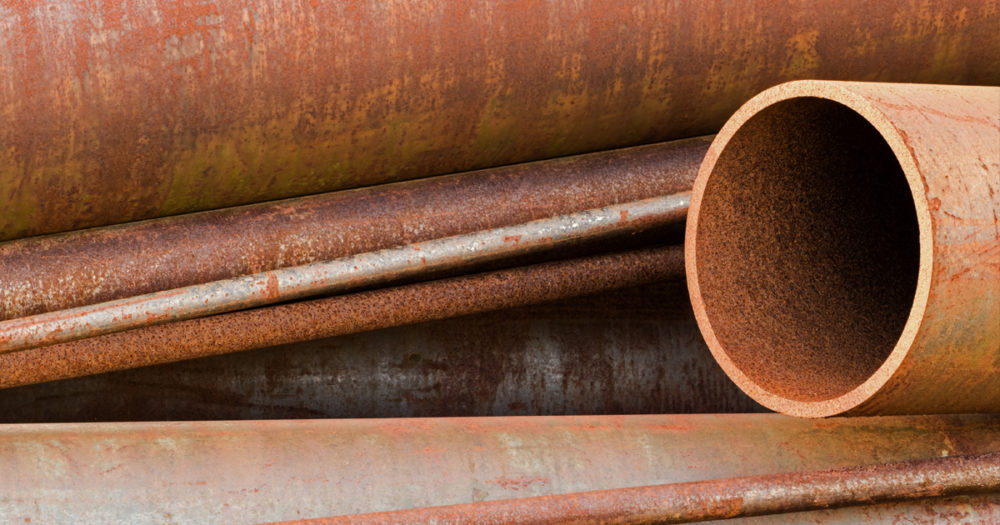Walking my dog around my neighborhood one day, I caught a whiff of something very clearly – gas. At first, I noted the smell but assumed it was a fleeting odor and chalked it up to urban living. But soon I realized there was nothing fleeting about it. I take the same route each day, and it became clear that specific locations persistently smelled strongly of gas. Internal alarm bells went off in my head as I calculated the amount of gas necessary to be detected outside, in open air, uncontained. I asked my neighbors and the local utility company about the leaks – surely, I was not the only one who had noticed the smell, which led to my next question, what was being done about it? I was surprised to find that my neighbors had actually been smelling the leaks and alerting the utility companies for years. YEARS. I was shocked, and I wanted to know more.
Boston is leaking gas, and we are not alone
I quickly learned Massachusetts depends heavily on natural gas and unfortunately has very old (and thus leak-prone) gas infrastructure. Natural gas leaks are associated with a host of negative impacts to our health, our environment, and our wallets. Methane, the main chemical released in a natural gas leak, is toxic and has been known to aggravate asthma and other respiratory diseases. Leaks are damaging to local flora as methane displaces the oxygen in the soil, essentially suffocating plants and trees. Additionally, methane is a potent greenhouse gas (GHG), and the amount released from natural gas is affecting the climate at an alarming rate. Currently there is no law that requires utilities to pay for gas that is wasted and released into the atmosphere; instead companies build that cost into consumers’ bills. Most consumers are neither aware of the extent of the leaks nor that they are footing the bill. Through the UCS Science Network Mentor Program, I was connected with Dr. Nathan Phillips at Boston University who led a study in 2013 which quantified the location and concentration of leaks in Boston. This study identified more than 3,000 leaks, many of which had methane concentrations well above expected background levels. With miles and miles of aging infrastructure, this leaking problem is pervasive throughout the natural gas industry and is not unique to Boston.
Many small leaks = one big problem; many voices = one big solution
When combined, the thousands of natural gas leaks in Massachusetts account for a 10% increase in the state’s annual GHG footprint. Furthermore, just 7% of leaks are responsible for 50% of total methane emissions. Yet, methane from natural gas systems is not accounted for when tallying citywide GHG emissions in Boston’s climate action plan. As a citizen, it is easy for me to view a problem of this size as insurmountable, but as a scientist I know there is much to be gained from analyzing the data and sharing the results. For instance, the work outlined above prompted legislation requiring utilities to report the locations of leaks to the MA Department of Public Utilities. Subsequently, the nonprofit Home Energy Efficiency Team (HEET), took it upon themselves to map utility-reported gas leaks and make this information clear and available to the public. Making science accessible for people to use to improve their community is a fundamental step forward. So far I have accomplished this in my community by holding information sessions and sharing the locations of leaks in Roxbury. Scientists and experts can make valuable contributions to advancing solutions in many ways and it all starts by joining the conversation.



